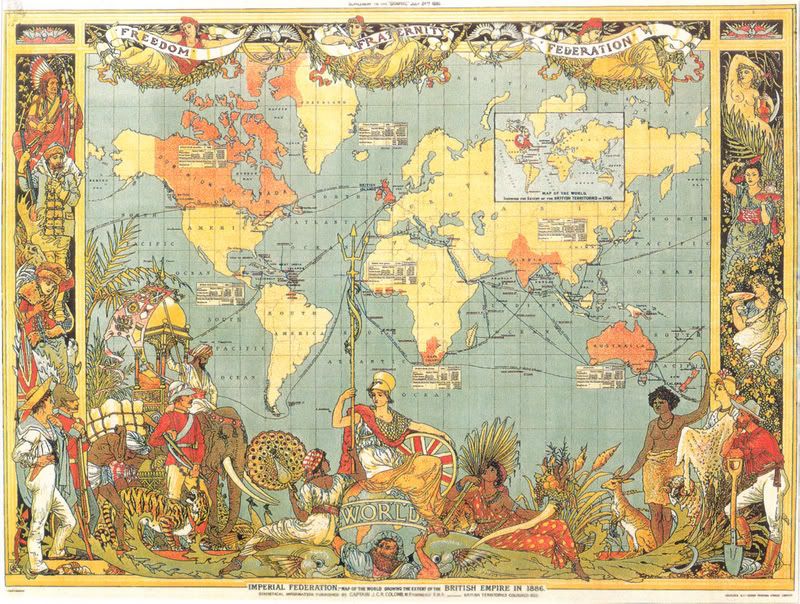HY2251: From the Wheel to the Web
Name: Lim Tse Siang
Did the Strategic Defence Initiative win the Cold War for the West?
The Strategic Defence Initiative (SDI) was a revolutionary form of anti-ballistic missile system using ‘advanced futuristic pieces of technology such as space and ground-based laser weapons, and particle beams’.[1] The purpose of SDI was to form a defensive shield that would protect the
For the purpose of this project, the Cold War will be defined as a global competition for political, social and economic dominance between two superpowers, the
The immediate impact of SDI was felt by the Soviet military. Prior to the introduction of SDI by the Reagan administration, the policy of deterrence between the two superpowers was dominated by the doctrine of mutual assured destruction (MAD). Together with the Anti-Ballistic Missile (ABM) treaty signed in 1972 and two Strategic Arms Limitation Treaties (SALT I & II) signed in 1974 and 1979, both superpowers enjoyed a level of parity in terms of military prowess especially in the field of ballistic missiles. That the successful deployment of SDI would undermine the balance of power and jeopardize Soviet military planning is an understatement. As Gary L. Guertner states, ‘soviet doctrine places greater emphasis on war-fighting and damage limitation through large-scale, pre-emptive attacks against military targets.’[4] Although peaceful goals were espoused behind the development of SDI, that of the ‘total elimination of nuclear weapons’[5] and elimination of MAD, negation of offensive nuclear capabilities by such an advanced ABM system would tip the balance of power in favour of the United States in the event of a nuclear war. This jeopardized the Soviet military which had spent millions of dollars in developing various types of ballistic missiles (SS-4, SS-5, SS-20 and SSCX-4). Since the 1960s, the Soviets had already developed and deployed a functional ABM system called the ‘Galosh System’[6] which defended
In order to counter the threats posed by SDI, the
The diplomatic course of action by the
Therefore, SDI was pivotal in bringing about the end of the Cold war. Withdrawal from it was necessary before Gorbachev could implement his domestic social, political and economic reforms of ‘Perestroika’ and ‘Glasnost’ which could not be undertaken had the Soviet Union committed to another round of technological arms race over SDI which would have drained the Soviet economy even further.
In conclusion, the SDI saga illustrated the centrality of technology during the Cold War. Economic and military competition between capitalism and communism expedited the rate of technological advancements between the two superpowers at the cost of millions of dollars as the sovereignty and survival of nations become linked with its technological prowess, a hallmark of the world after the second industrial revolution. There appears also to be a gradual shift from previously total wars targeted at civilian populations to the protection of them, as the world rejects the destructiveness of technology characterized by MAD through nuclear wars and embrace the technology in the name of progress, illustrated by the elimination of nuclear weapons and ballistic missiles and the promotion of SDI as an alternative to a nuclear holocaust.
(1190 words)
[1] Mira Duric, The Strategic Defence Initiative: US Policy and the
[2] Ronald Reagan, “Address to the Nation on the Strategic Defence Initiative”, in Strategic Defence Initiative: Folly or Future?, ed. P. Edward Haley and Jack Merritt (Colorado: Westview Press, Inc, 1986), p. 24.
[3] Duric, The Strategic Defence Initiative, p. 124.
[4] Gary L. Guertner, “Nuclear War in a Defence-dominant World”, in The Technology, Strategy, and Politics of SDI, ed. Stephen J. Cimbala (Colorado: Westview Press, Inc, 1987), p. 20.
[5] Gary L. Guertner, “Nuclear War in a Defence-dominant World”, p. 17.
[6] Duric, The Strategic Defence Initiative, p. 5.
[7] Daniel Gouré, “The Impact of the SDI on Soviet National Security Policy”, in The Technology, Strategy, and Politics of SDI, ed. Stephen J. Cimbala (Colorado: Westview Press, Inc, 1987), p. 165.
[8] Ibid., p. 16.
[9] Duric, The Strategic Defence Initiative, p. 23.
[10] Vadim Medvedev, “Under Andropov and Gorbachev”, in The Destruction of the Soviet Economic System: An Insider’s History, ed. Michael Ellman and Vladimir Kontorovich (New York: M.E. Sharpe, 1998), p. 95.
[11] Ibid.
[12] Walter Lafeber, “The Two-or Three?-Phases of U.S.-Soviet Relations”, in Crisis and Confrontation. Ronald Reagan’s Foreign Policy, ed. Morris H. Morley (New Jersey: Rowman & Littlefield, 1988), p. 26.
[13] Ibid., p. 13.
[14] Duric, The Strategic Defence Initiative, p. 45.
[15] Ibid, p. 66-88.
Bibliography
Duric, Mira, The Strategic Defence Initiative: US Policy and the
Gouré, Daniel, “The Impact of the SDI on Soviet National Security Policy”. In The Technology, Strategy, and Politics of SDI, p. 157-188. Edited by Stephen J. Cimbala.
Guertner, Gary L., “Nuclear War in a Defence-dominant World”. In The Technology, Strategy, and Politics of SDI, p. 13-24. Edited by Stephen J. Cimbala.
Lafeber, Walter, “The Two-or Three?-Phases of U.S.-Soviet Relations”. In Crisis and Confrontation. Ronald Reagan’s Foreign Policy, p.13-45. Edited by Morris H. Morley. New Jersey: Rowman & Littlefield, 1988.
Medvedev, Vadim, “Under Andropov and Gorbachev”. In The Destruction of the Soviet Economic System: An Insider’s History, p. 94-96. Edited by Michael Ellman and Vladimir Kontorovich.
Reagan, Ronald, “Address to the Nation on the Strategic Defence Initiative”. In Strategic Defence Initiative: Folly or Future?, p. 23 -25. Edited by P. Edward Haley and Jack Merritt.


No comments:
Post a Comment